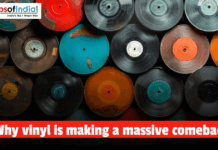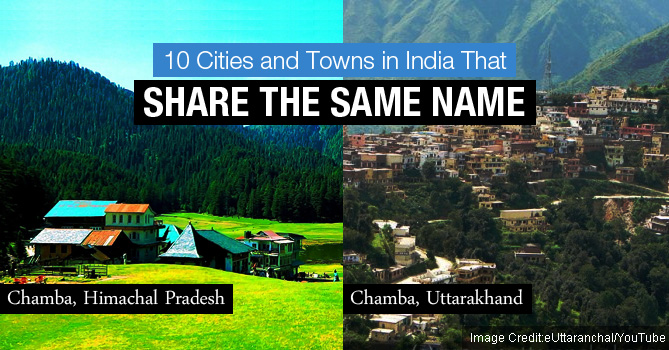No other country holds its rivers with such reverence as India. For centuries, our rivers have been the pivot around which the indian social, cultural and religious ethos has evolved into what we call our heritage. And it takes only 22 kms of the Yamuna to meet its Titanic moment when it enters Delhi, a moment of abuse, misuse and ill treatment that will put even the most evil rapist to shame. And still we hypocritically like to call our rivers holy!
How can we be so insular? So uncaring, for something that we so much depend upon to exist. Will you take your glass and walk outside your house to the sewage drain and help yourself to a glass of water? No? Well Delhiites, here is the good news! The water that comes to your tap comes from the Yamuna river and what goes into the river comes straight from your own home. The very drain that you don’t want to dip your glass in. When you extrapolate the example, that’s what the city is doing to the Yamuna.
And to support your act, there are over 3.5 lakh slum dwellers living next to the river in over 60,000 slums that contribute in that Titanic moment. All their faecal waste flows into the Yamuna along with all the bathing and clothes waste water.
The Yamuna flows out of the Himalayas in all its pristine purity and innocence not knowing what lies ahead. Just three states of U.P, Haryana and Delhi contribute to turning our heritage into a flowing nightmare. On a daily basis, they dump their industrial waste into the Yamuna with enough chemicals to kill all marine life several times over. All factories located in these states dump their effluents into the river and each state contributes its share, as the river flows downstream.
No this is not the end of it. India with its diverse religions and communities have a number of festivals round the year and most end up with the ‘visarjan’. So along with the idol and all associated puja ‘samagri’, we very lovingly let go of it all into the Yamuna. And we then feel purified! Think again! While this is an act with a lot of sentiment, the result is a massive amount of paint, chemicals, waste materials, fabric etc all contribute massively in polluting the river. A pollution that comes right back to us.
And what about, dead and decomposed animal carcasses? And we would still like to believe our rivers to be holy!
Guess what? There are 22 drains dumping sewage into the Yamuna daily. With all the water treatment plants and measures put up at a cost of Rs 1600 crores to treat the sewage, only 15% gets treated while the rest flows right into the river.
To further add to the problem, there is rampant construction happening along the river that’s contributing to the pollution and killing off the little chance the river has to breathe.
So what’s the solution?
If it’s any consolation, several famous rivers around the world, including the Hudson in New York and the Thames in London, used to be in a pretty bad shape. It took a strong people’s movement backed by political will for the respective rivers to come alive again. If it could be done there it can very well be done in India.
The urgent steps required are:
Complete removal of all slums and redevelopment of the river front. This is absolutely possible and very doable. The over 3.5 lakh people living there cannot be removed as there is a squeeze for land elsewhere in the NCR. Today all slums are spread horizontally and living in appalling conditions. If that land is redeveloped in a mix of horizontal and vertical living spaces providing organized and clean living conditions adequate with open spaces, covered sewage and drainage system, walkways and parks, the entire population can very well be accommodated in the same area. The city can have a well-developed waterfront that can be made commercially viable, in order to pay for its upkeep.
The development can well be in a phased manner and will need total approval and involvement of the people who live there. The problem is that the government has failed to offer suitable alternate models and very rightly the people do not trust the government. Slum dwellers have been shifted to places where the infrastructure is very poor and the quality of construction bad. India needs to take a leaf out of China.
China has had and still has similar slum development problems. But they very successfully demonstrated their intent through a model development. The people were temporarily shifted to alternate accommodation that was clean and well maintained. All facilities were provided during the stay there. Once the slum was redeveloped, the people were given a choice to live there or take suitable compensation and move to another location. This ensured that all people were accommodated in living conditions that was dramatically better than what they had earlier. This is how they overcame people resistance.
All idol ‘visarjan’ has to be stopped immediately and an alternate ‘symbolic visarjan’ needs to be adopted without any dumping into the river.
All sewage drains in all the three culprit states will have to plug the drains with water treatment plants and the three states will have to share the respective costs with some subsidy from the centre. Water treatment is an expensive process and there are only two ways to finance it. Either the government totally bears the cost or a part of the cost is borne by the people. The people need to understand that water is precious and we have to pay for it. It’s for the government to ensure the quality.
The parliament has to enact laws that make the cost of pollution very high for all responsible for it and this has to be implemented on a war footing.
The story is the same across India and we, the present generation, must understand that we do not own the rivers but are mere custodians of it till the next generation takes it over. Therefore, it’s our moral responsibility to take care of what we got as our heritage and what we pass on as our legacy.
It’s time to stand up and say ‘no more’ or the next generation will never forgive us.
Read more:
Marine Pollution: Causes, Types, Effects & Prevention




